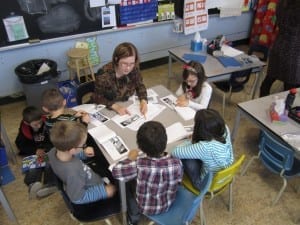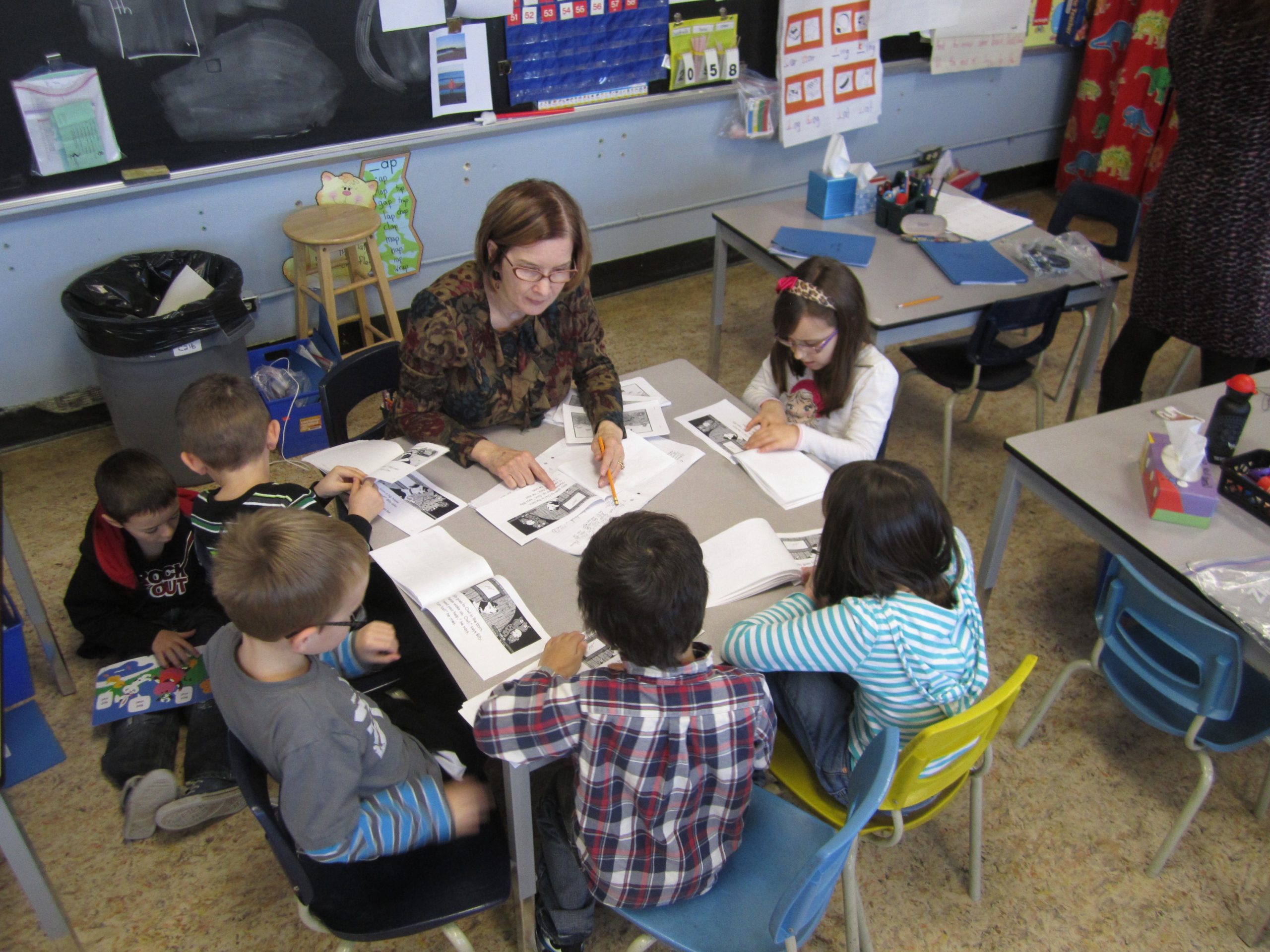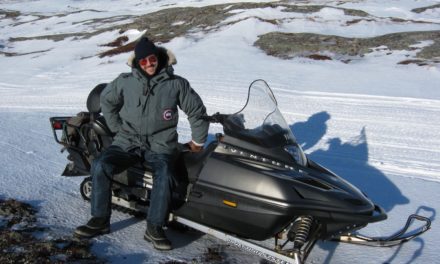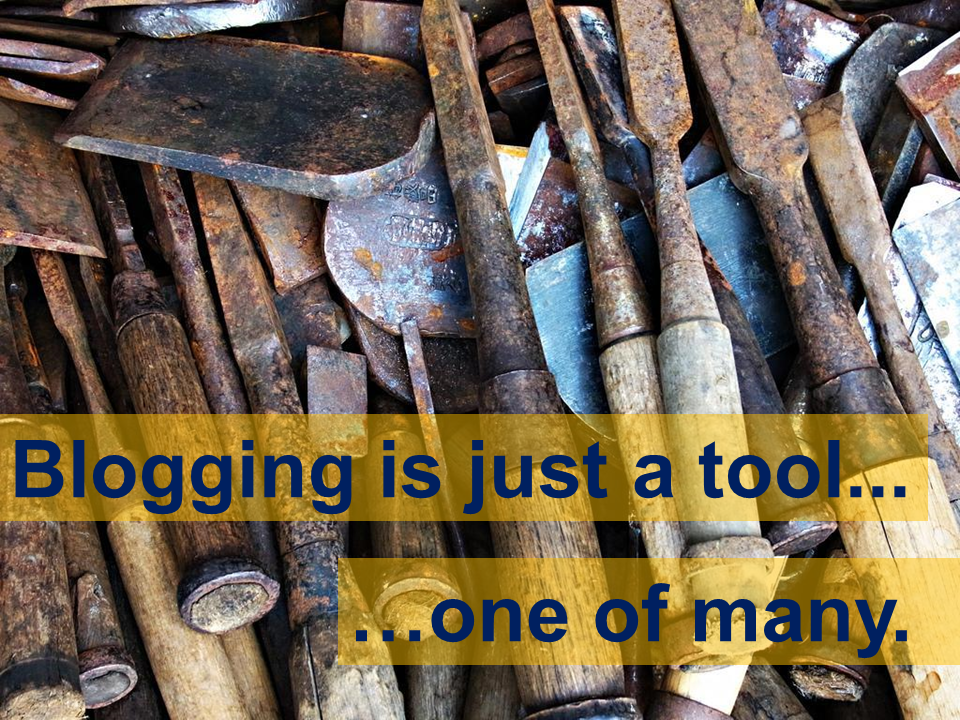 Name: Mary Ellen Lynch
Name: Mary Ellen Lynch
School and Board: St-Johns School Riverside SB
Level: Cycle 1
Subject: General (All)
Experience: 30 (15 yrs USA, 15 years QC)
I met Mary Ellen a few years ago in the context of an Action Research initiative. At the time, she was actively using Concordia University’s Learning Toolkit and beginning to explore goal-setting in ePEARL. When I discovered her blog and saw what she was doing in her literacy classroom with her students, I knew I had to find out more about what motivates her to do what she does. The following is the result of my interview with Mary Ellen – part transcript, part summary, with plenty of photographs and links to her projects thrown in for good measure.

What is your favourite thing to do with your students?
I’m really interested in anything that will help kids with their literacy development. Right now we’re working with folk tales and I love folk tales! There are so many things you can do with them – they are repetitive, so they can be retold easily, you can do puppet shows with them, you can do writing with them. I’ve had my students write apology letters to their favourite character, because, of course, there is always something bad that happens to the characters in folk tales. We’ve been reading The Three Little Pigs, Henny Penny, The Little Red Hen to name a few, and the next thing my students will be doing is retelling a folk tale that they’ve chosen.
I introduced storyboards with The Little Red Hen. I have 9 boxes on chart paper and in the first three boxes I have the characters and where the story is taking place. Then, we have what happens first, next etc. We draw in stick figures and each part of the story is a picture. You can use the storyboard to help them retell a story, and then to help them write a new story! We used the Little Red Hen story as a springboard for a story about preparing for the holidays: we brainstormed the kind of things that the Little Red Hen might do to prepare for the holidays, like getting and decorating a tree, making cookies, etc. Some kids wanted to change the setting and have it be set in the Arctic. Well, they figured out that a Little Red Hen couldn’t really live in the Arctic, so the story had to have different characters!
The puppet show is also a retelling, but we didn’t use a storyboard. It came out of just knowing and reading the ABRA stories so well. The students were just able to retell the story without a script or prompts or anything. They just told the story, they were able to do that.
Puppet Show 6 from Mary Ellen Lynch on Vimeo.
Mary Ellen’s first foray into Action Research was through the lens of two questions, one of which was how to get parents more involved in their child’s digital portfolio. I asked her to share her views on the role of parents in Cycle 1.
How do you get parents involved?
In all my years of teaching, I’ve learned that parental involvement is very important. I just want parents to be a part of their child’s education. My experience tells me that kids whose parents are involved in their child’s schoolwork in some positive way are more likely to be successful. The parents who help with homework, the parents who listen to their child read, the parents who are commenting on the blog. Those are the parents of the top kids.
One of my biggest issues is getting parents to read to their children. It’s still an issue today. Over the years, I’ve done different things to make it easier for parents, like the Book Bag – once a week, kids would take home a bag of books and a reading log. But parents STILL were not reading to their kids. I did have a section of parents who were reading to their kids, and of course these were the kids who were also reading well on their own. So I really believe that parents who read to their kids grow readers, and parents who don’t read to their children, well, those children struggle with their reading. This has been absolutely apparent to me. I would talk to parents at the first open house of the year and tell them how important their involvement was. When I started using ABRA and ePEARL, there is a feature in there for parents to leave comments for their kids. Same thing – I got three of four parents commenting, but the majority of the class parents would not get involved. So I realized that parents needed to be taught how to go in and leave a comment. I made up How To’s sheets for parents to have at home, I conducted a survey to ask about technology issues such as whether there is a computer at home or at work and an Internet connection. My last step was during the parent-teacher conference in February for those parents who STILL had never left a comment. I had a computer with me and had them leave a comment during the conference!
What remains a challenge for you in your practice?
Assessment is a challenge for me. I’m retiring soon and that’s one of things I’m not going to miss – trying to figure out how to assess kids. I use a lot of different tools. To assess reading, I found a book called Three Minute Reading Assessments from Scholastic that has passages for kids to read and I time them and do a reading record. I use rubrics with my students that I create myself for our different projects. So for example, we’re doing Folk Tales right now and I have a rubric for the retelling activity, in which students tell the story in their own words. I’m always reading and buying books on teaching ideas and these are what inform my assessment practices most often. I wish that we had more models of rubrics in Quebec that are tied to the QEP so that we could adapt them to fit what we’re doing in our classroom.
What advice would you give to a teacher just starting out?
Start buying books for your classroom. Join projects, pilots, workgroups. They often come with perks like extra technology or other resources for your classroom – and you end up learning and being inspired.
A glimpse into Mary Ellen’s classroom
*****
Mary Ellen’s classroom blog is where you can see into her creative literacy classroom. Many of her projects involve technology and she often shares rich classroom processes on Vimeo.





